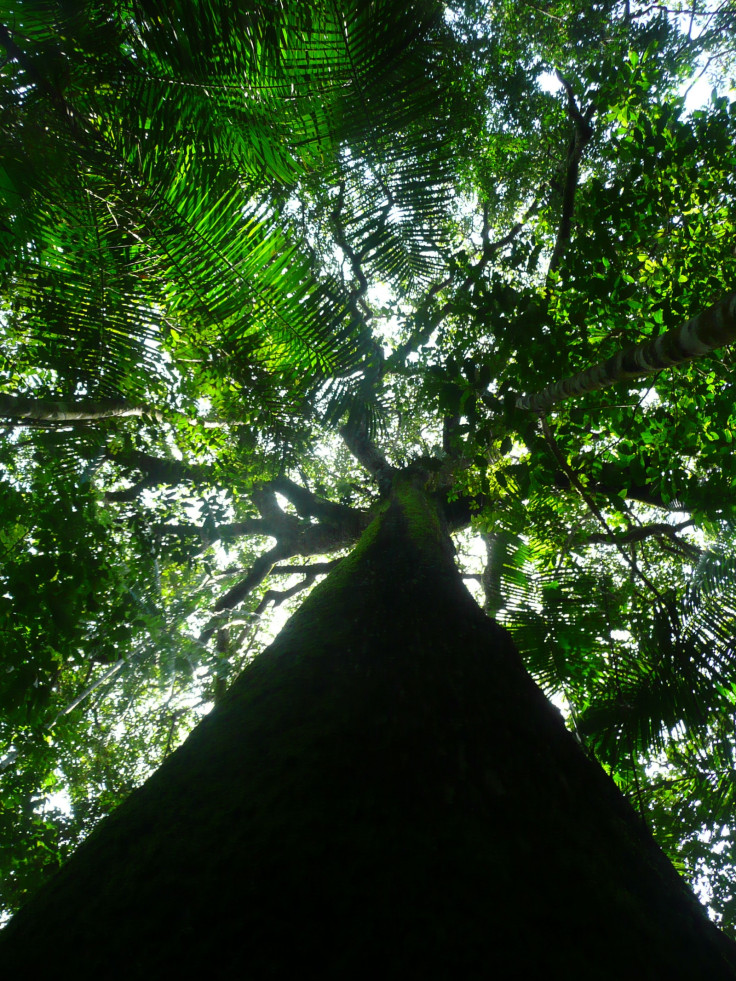Living traces of lost Amazonian cultures found in forests
The patterns of trees growing in the Amazon are 'ancient footprints' of the communities that cultivated them hundreds of years ago.
Ancient civilisations of the Amazonian forests left lasting marks on the makeup of the forests they lived in, which have survived until today.
Plants favoured by people who lived in the Amazon before the colonisation of the Americas by Christopher Columbus in the 15th Century are still found growing more or less where they were more than 500 years ago. They can still be found clustered around historic archaeological sites, ecologists and social scientists report in a study published in the journal Science.
The researchers mapped known archaeological sites onto data of where more than 4,000 plant species were growing in the Amazonian forests.
A total of 85 plant species were domesticated by pre-Colombian people living in the forests. The distribution of these plants was about 30% due to their habitat – preferring a wet or drier region, for example. But an estimated 20% could be explained by proximity to pre-Colombian archaeological site such as settlements, mounds, terraces and rock art.
"For many years, ecological studies ignored the influence of pre-Colombian peoples on the forests we see today," said Carolina Levis, a PhD student at Brazil's National Institute for Amazonian Research (INPA) and Wageningen University in the Netherlands.
"We found that a quarter of Amazonia's domesticated species are widely distributed in the basin and dominate large expanses of forest. These results clearly indicate that the Amazonian flora is in part a surviving heritage of its past inhabitants."
Ancient footprints
The findings will reignite a debate on the impact of human civilisations in the forests of the Amazon.

"This lays to rest the long-standing myth of the 'empty Amazon'," said Charles Clement, senior researcher at INPA and also a study author. Early European naturalists reported scattered indigenous populations living in huge and apparently virgin forests, and that idea has continued to fascinate the media, policy makers, development planners and even some scientists. This study confirms that even areas of the Amazon that look empty today are crowded with ancient footprints."
However, it's possible that humans chose to found their settlements around where these trees were already growing, the authors note. However, many of the domesticated plants were found growing in unlikely combinations. In forest plots a range of plants with different ecological niches can be found growing alongside one another.
This suggests that it's more likely that humans planted the trees where they would be convenient rather than basing their communities around where they naturally grew.

Myth of the virgin forest
Plant domestication in the Amazonian forests began more than 8,000 years ago. The fact that it has still left a fingerprint on forests today shows the idea of the 'virgin forest' unaffected by humans to be largely a myth.
"Detecting the widespread effect of ancient societies in modern forests not only strengthens efforts to conserve domesticated and useful wild-plant populations, which is of critical importance for modern food security, but also strongly refutes ideas of Amazonian forests being untouched by man. Domestication shapes Amazonian forests," the authors conclude in the paper.
© Copyright IBTimes 2025. All rights reserved.






















